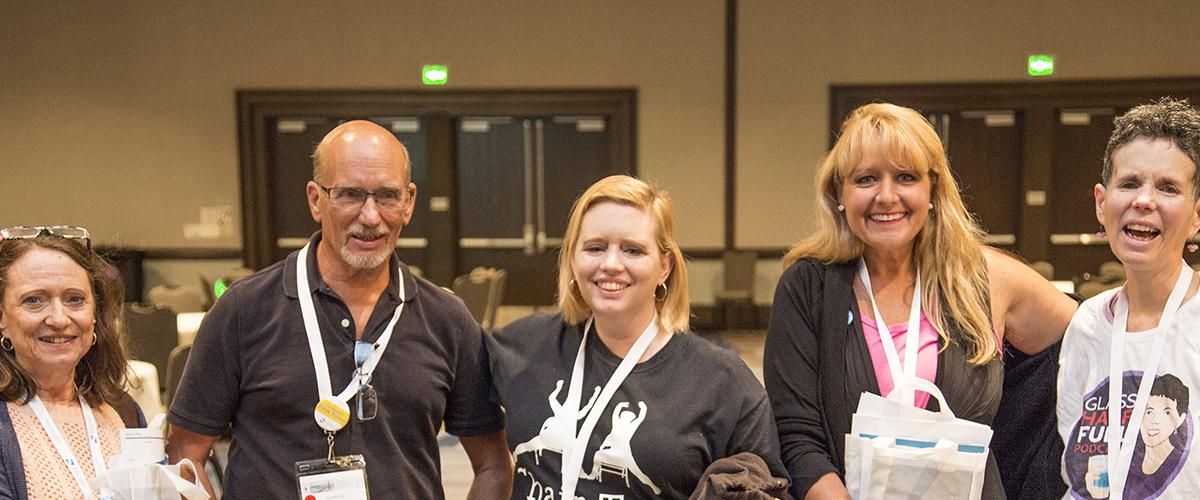Myotonic dystrophy is one of the most complex disorders known. In addition to the incredible variability of clinical symptoms, the disease also has several unique mechanistic features:
- Autosomal dominant inheritance. The genes for DM1 and DM2 are dominant, meaning that a person can inherit the disease even if only one parent carries the gene. Also, a child has the same risk of inheriting DM regardless of whether it is the father or the mother who carries the gene.
- Variable penetrance. This term refers to the fact that the number and severity of DM symptoms varies widely among people with the disease. This is true even among people with the same subtype, and among individuals in the same family.
- Somatic mosaicism. A key characteristic of DM is that different cells in different tissue types will show varying numbers of genetic repeats. This is due at least in part to the fact that the number of repeats changes, is different in different cells and increases in number throughout the lifetime of the individual. Thus, the number of repeats reported in a diagnostic test will depend on how old the individual was when sampled, which tissue was tested and then will only measure the average number of repeats.
- Anticipation. The number of repeats in the DM genes tends to increase with each affected generation. As a result, the symptoms of DM1 appear earlier in life and are more severe in each successive generation. These changes are often dramatic. For example, a person whose only symptom was cataracts that appeared later in life can have a child with life-threatening symptoms present at birth. This effect indicates that the number of times the gene sequence is repeated has a bearing on the severity of the disease symptoms. Anticipation appears to be less pronounced in DM2.
- Transmission of congenital form through mother. The most severe form of myotonic dystrophy (congenital myotonic dystrophy: DM1) is almost always passed to the child from an affected mother. Scientists think that his occurs because the number of repeated sequences expands greatly during the process when the egg cells are created.

